Wildlife filmmakers play a vital role in creating awareness about the environment and issues affecting the ecosystem. A lot of the wildlife in conservation was brought to light by each wildlife filmmaker who studies issues that lead to a destabilized habitat and in turn affect wildlife’s capacity to adapt. The conservation of a natural habitat takes effort but when brought to light, people can learn what not to do.
Pollution is one of the major threats to the ecosystem because it has devastating effects, which are difficult to contain. Nature filmmakers have particularly studied the grizzly in its natural habitat while trying to advocate conservation of its homeland, and this has gotten a lot of attention from naturalists.
Each animal plays an important role in maintaining a natural order in the ecosystem. The grizzly bear is one of the most aggressive bears known to man and one that people avoid at all costs. While there is good reason to respect a grizzly’s temper, these huge creatures play a crucial role in nature’s conservation and their existence affects plant growth, diversity and prey population. By existing, grizzly bears regulate their own environment.
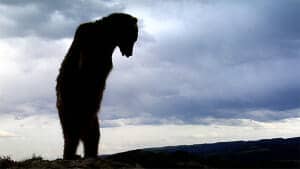 Grizzlies are found in Europe, Asia and North America; for a single species, they have a huge territory. The North American grizzly is native to Colorado, California, Wyoming, Canada and Alaska, among other states. They had a wider distribution but because of deforestation and other encroachments, which interfere with their natural conservation, they are much fewer now.
Grizzlies are found in Europe, Asia and North America; for a single species, they have a huge territory. The North American grizzly is native to Colorado, California, Wyoming, Canada and Alaska, among other states. They had a wider distribution but because of deforestation and other encroachments, which interfere with their natural conservation, they are much fewer now.
Massive development in recent years has affected grizzly population particularly in the US, where few grizzlies exist. Higher populations can be found in Canada and Alaska where their natural territory has not been disturbed.
Grizzly bears are loners but females will generally take care of their young for up to two years after they are born. It takes grizzlies at least five years to reach sexual maturity, after which they mate during the summer. The female then delays the implantation of a fertilized embryo until winter. Female grizzlies have to store enough fat to make it through winter; a failure to do so can result in a miscarriage.
Hibernation can last up to 8 months during which the female and her cubs will be burrowed in a den. If the pregnancy is successful, they usually give birth to two or three cubs, which weigh a pound each. When they come out of hibernation in the spring, the cubs can weigh up to twenty pounds. Most fatal human encounters with grizzlies occur in spring, when the female is trying to protect her cubs.
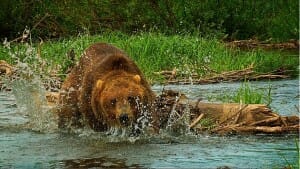 When food is in good supply, grizzlies will tolerate each other and occasionally group around river banks to catch salmon, as is shown by nature filmmakers, but a hierarchy is usually in place, where larger bears dominate food supplies. When the food runs low, they go solo and feed off nuts, berries and other vegetation.
When food is in good supply, grizzlies will tolerate each other and occasionally group around river banks to catch salmon, as is shown by nature filmmakers, but a hierarchy is usually in place, where larger bears dominate food supplies. When the food runs low, they go solo and feed off nuts, berries and other vegetation.
Consumption of berries nuts and other types of vegetation is important to the ecosystem because when these bears defecate, the seeds spread to other areas of the forest. When it digs out roots in search of food, it helps to aerate the soil and lifts nitrogen from lower layers of earth. When they catch salmon and bring it to land, grizzlies bring nitrogen to their ecosystem therefore sustaining a cycle.
The food chain needs to remain balanced so each animal population is controlled. By feeding off rodents and other small species, the grizzly helps maintain a reasonable population which if left unchecked could turn into a menace for local communities.
Nature filmmakers play a very involved role in creating awareness about nature conservation by reminding people that simple actions have consequences. When people can see the bigger picture, they tend to take conservation more seriously.


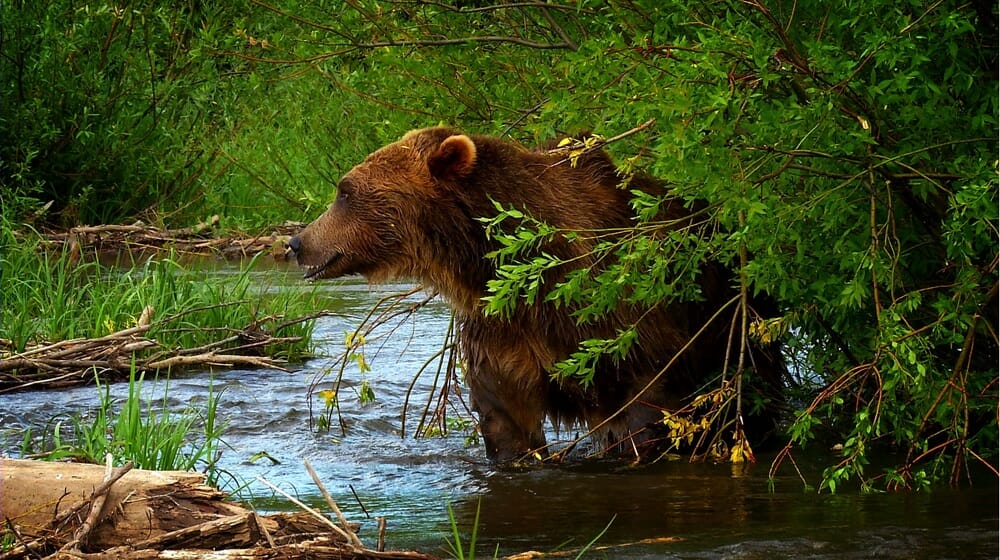
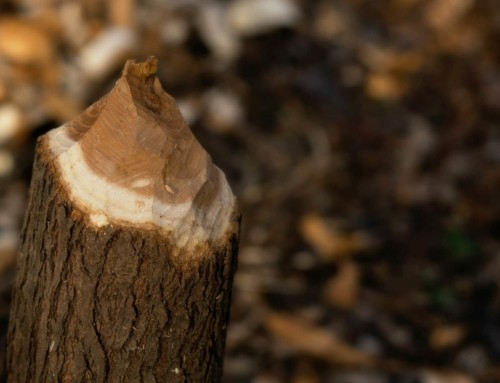
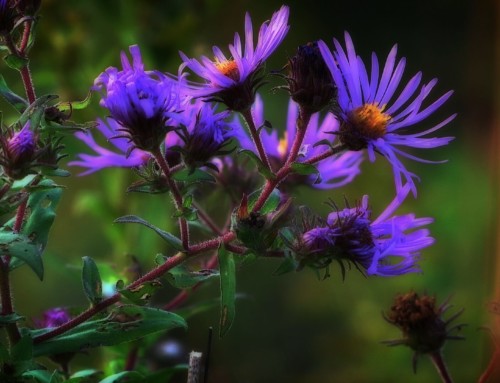
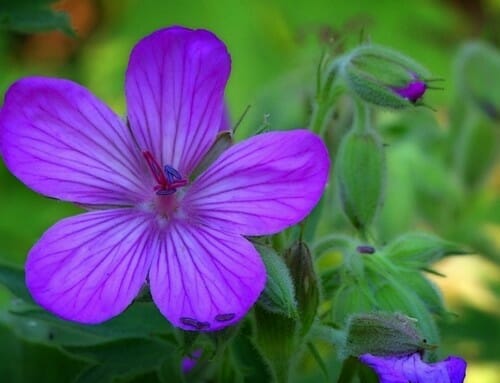
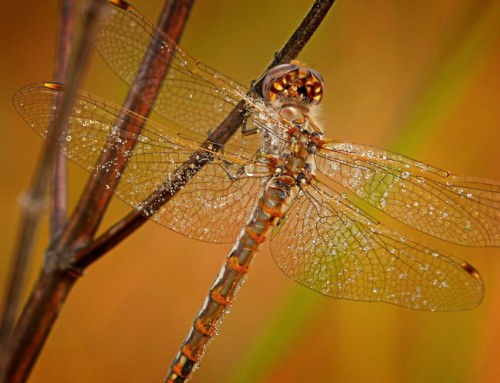
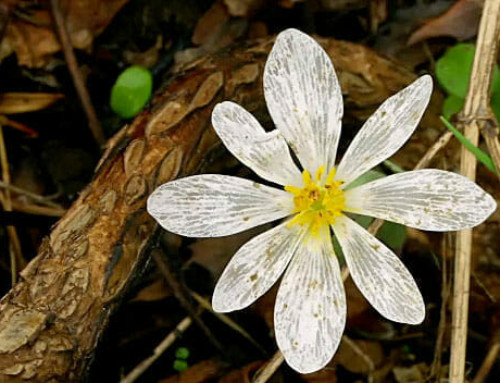
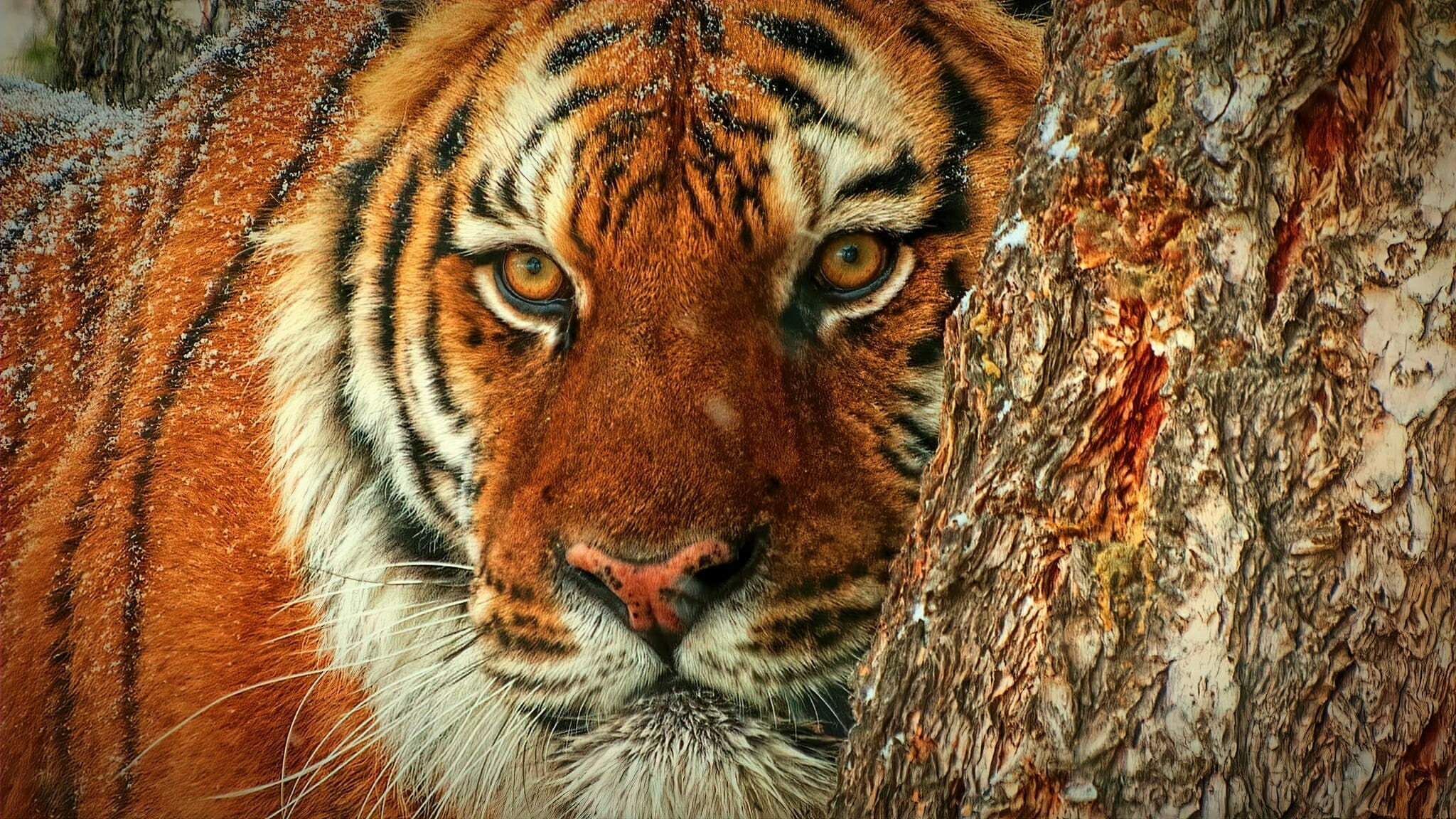
Leave A Comment
You must be logged in to post a comment.